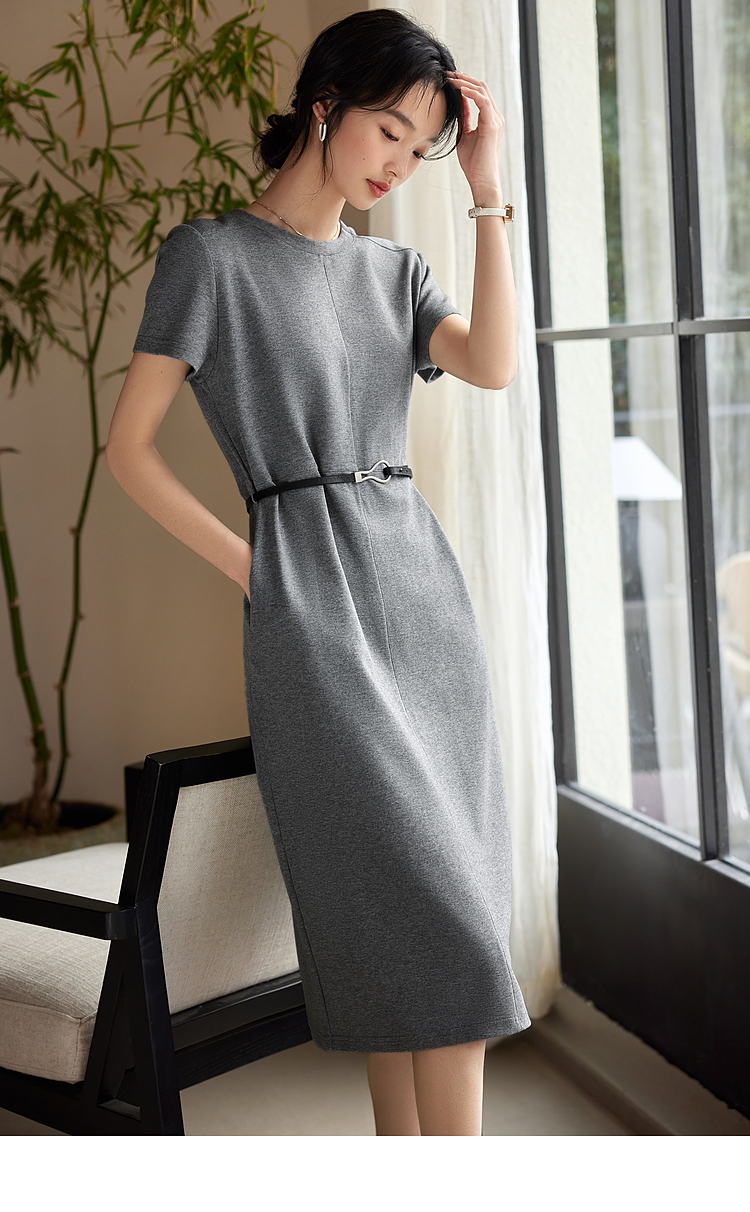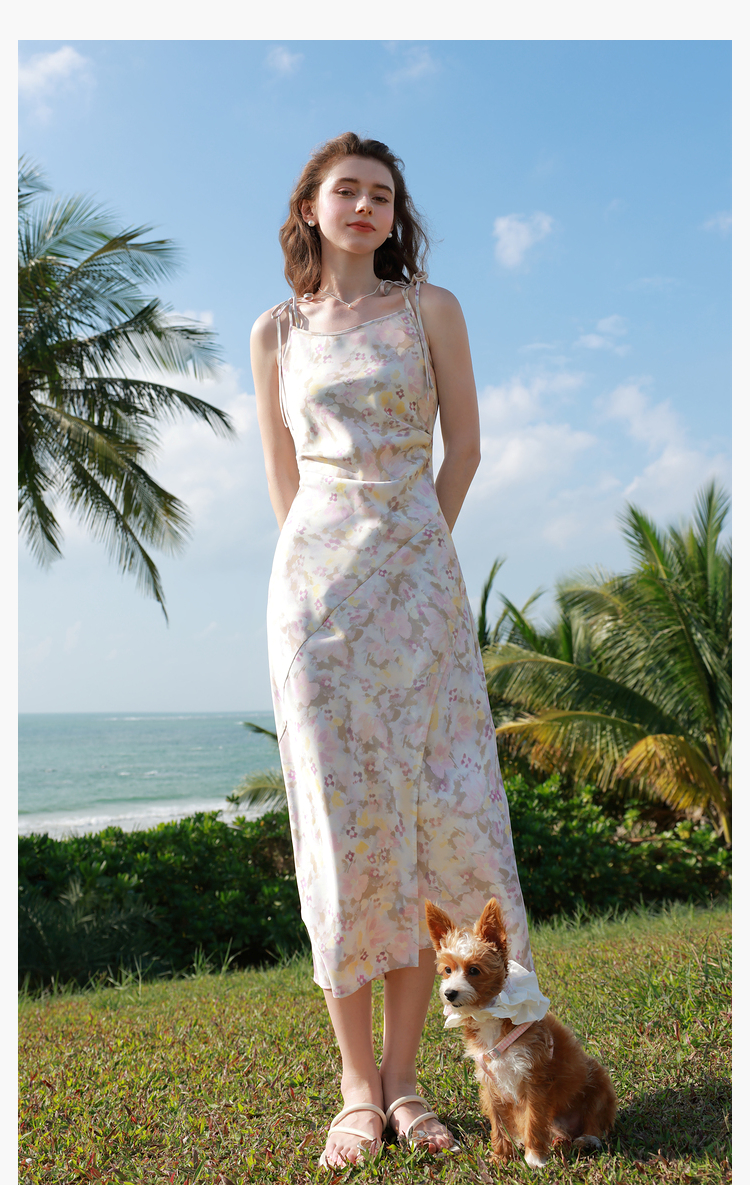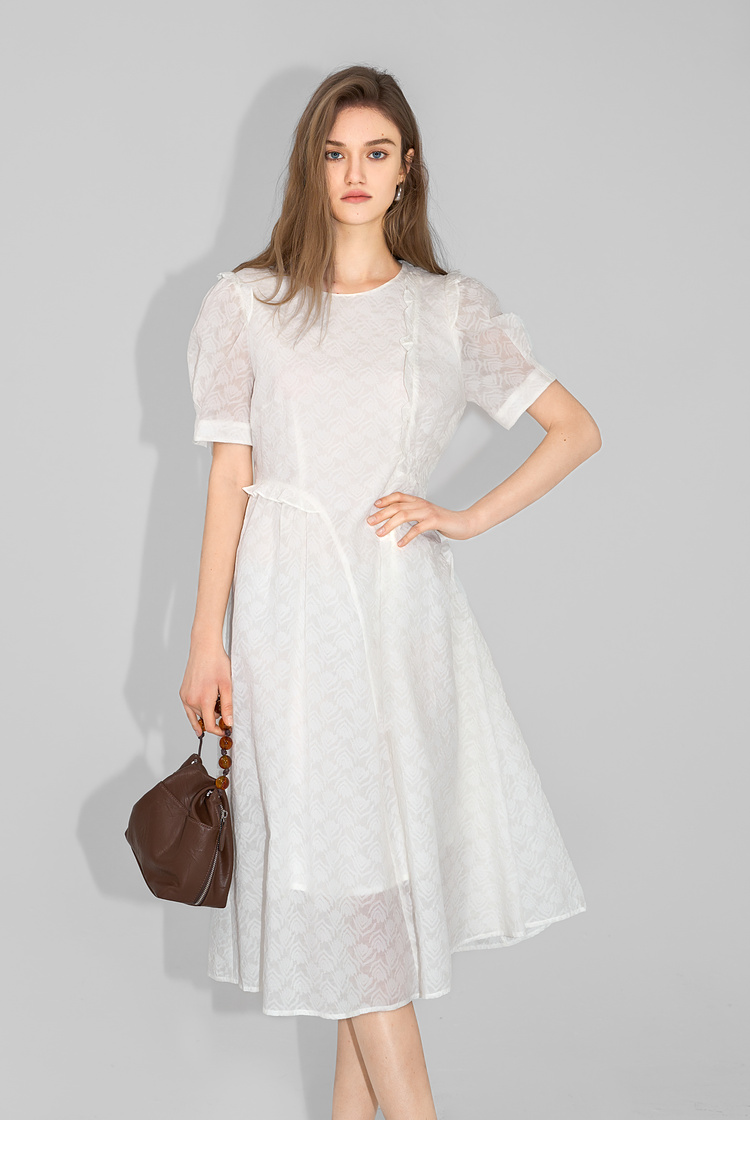A Deep Dive into Chinese Hanfu Patterns and Their Cultural Significance 📚
Introduction to Hanfu 👘

Hanfu, the traditional attire of the Han Chinese, has a rich history spanning over three thousand years. It’s more than just Clothing; it’s a cultural symbol and a form of artistic expression. This article will explore the intricate patterns and designs found in Hanfu and their profound cultural meanings.
Historical Context of Hanfu 🏛️

Understanding the historical context of Hanfu is crucial to appreciating its patterns. Hanfu evolved through various dynasties, each leaving its mark on the style and patterns. From the simplicity of the Zhou dynasty to the grandeur of the Tang dynasty, each period brought unique elements to Hanfu design.
Symbolism in Hanfu Patterns 🌸
Hanfu patterns are replete with symbolism. Flowers, birds, clouds, and mythical creatures are common motifs, each carrying specific cultural connotations. For instance, the peony symbolizes wealth and honor, while the dragon represents power and good fortune.
Color Significance in Hanfu 🎨
Colors in Hanfu are not chosen at random; they carry deep cultural significance. Red symbolizes joy and is often used in festive occasions, while black and yellow were associated with the emperor’s authority in ancient times.
The Making of Hanfu 🧵

The process of making Hanfu is a testament to the craftsmanship of ancient Chinese textile workers. From the selection of materials to the weaving and dyeing techniques, every step is imbued with tradition and skill. The intricate embroidery work further enhances the beauty and cultural value of Hanfu.
Modern Revival of Hanfu 🌟
Today, there’s a resurgence of interest in Hanfu among young Chinese people. This modern revival is not just about wearing traditional clothing; it’s a celebration of cultural heritage and identity. Hanfu has become a medium for cultural expression and a way to connect with the past.
Conclusion 🏁
Hanfu is more than an article of clothing—it’s a window into China’s rich cultural history. By understanding the patterns and their meanings, we can appreciate the artistry and depth of this ancient tradition. As Hanfu continues to gain popularity, it stands as a proud symbol of Chinese culture and heritage.







I’m a fashion designer from Paris, and I must say, the intricate embroidery and color choices in Hanfu are breathtaking. The article’s explanation of color significance, like red for joy and black for authority, gives me a new perspective on how color can convey cultural messages.
As a college professor specializing in Asian studies, I use articles like this to educate my students. The detailed explanations of Hanfu patterns and their cultural significance are invaluable resources.
As a sustainability advocate, I’m glad to see the article highlight the eco-friendly aspects of Hanfu production. The traditional methods used are a great example of sustainable fashion.
I’m a designer who loves incorporating cultural elements into my work. The article’s insights on Hanfu patterns and their meanings will inspire my future designs.
I’m a fashionista who loves unique pieces, and Hanfu fits the bill perfectly. The article’s discussion on personalization and emotional value makes me want to own a piece of this cultural treasure.
As a fashion designer, I’m inspired by the creativity and skill involved in Hanfu design. The article’s mention of embroidery work and dyeing techniques is particularly interesting. It’s a reminder that traditional craftsmanship can still be relevant and innovative in today’s world.
As a fashion blogger, I’m inspired by the creativity and skill involved in Hanfu design. The article’s mention of embroidery work and dyeing techniques is particularly interesting. It’s a reminder that traditional craftsmanship can still be relevant and innovative in today’s world.
As a fashion designer, I’m inspired by the creativity and skill involved in Hanfu design. The article’s mention of embroidery work and dyeing techniques is particularly interesting. It’s a reminder that traditional craftsmanship can still be relevant and innovative in today’s world.
I’m a young Chinese woman who recently started wearing Hanfu. The modern revival section resonated with me deeply. It’s not just about fashion; it’s about reconnecting with my roots and expressing my cultural identity. The intricate patterns and colors make each piece a work of art.
I’m a Westerner who has always been intrigued by Chinese culture. This article has given me a new perspective on Hanfu. The cultural significance of colors and patterns is something I hadn’t considered before. It’s amazing how much history and meaning are woven into each piece of clothing.